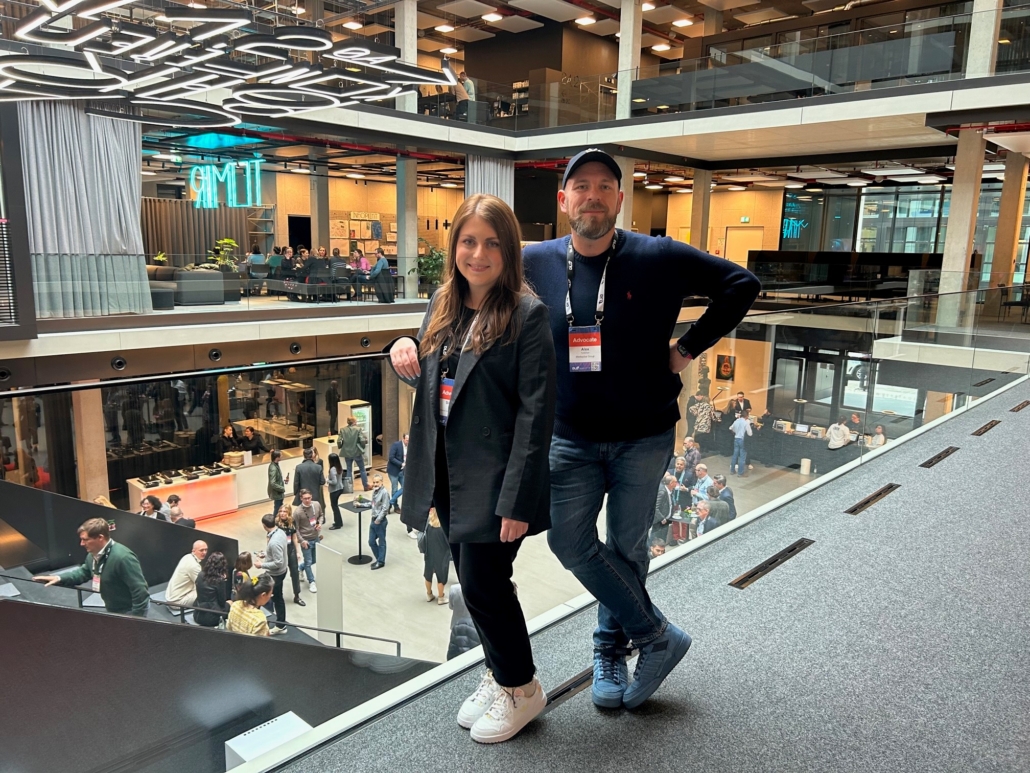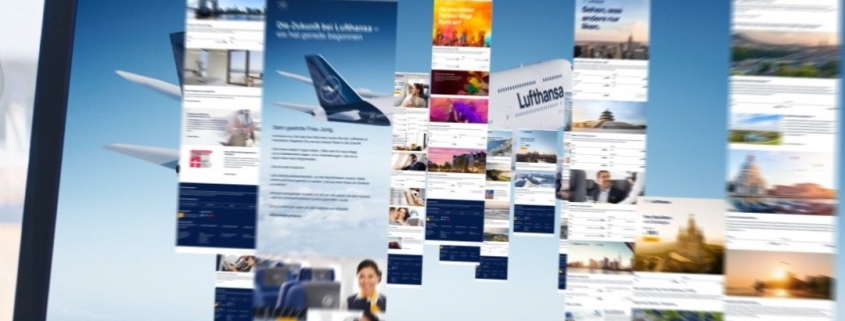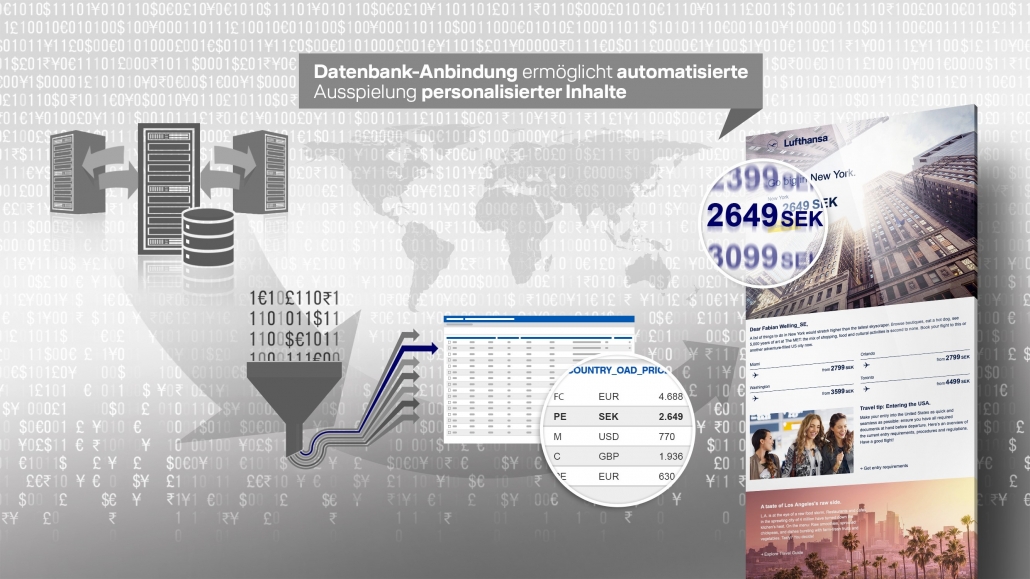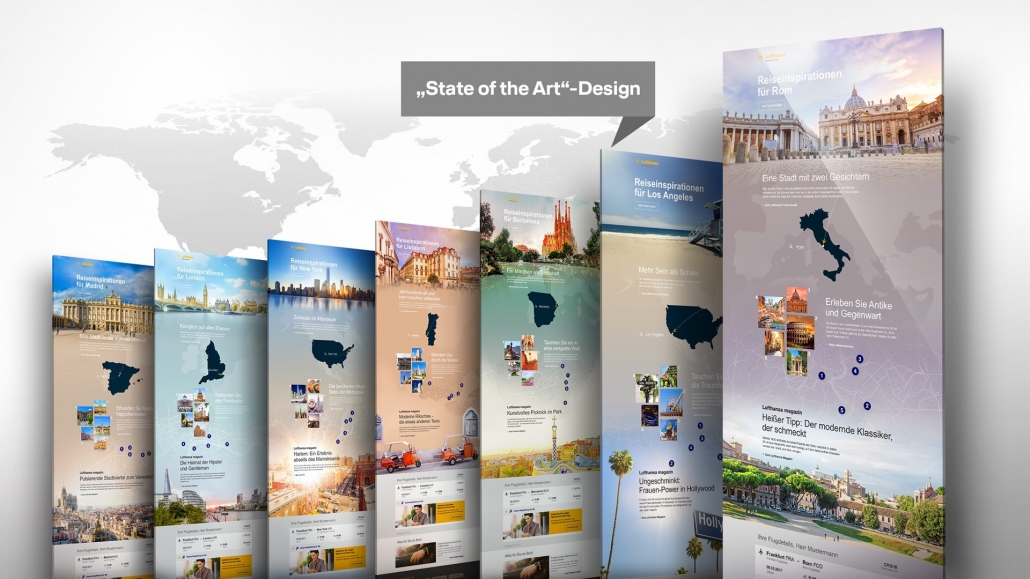DLD 2023 – Looking ‘Beyond Now’: Implications for the advertising industry
DLD can certainly make your head spin. There are only few conferences out there that manage to pack as many high-class speakers and experts from very diverse fields into a tight schedule of 20 to 30 minute sessions and make it work. Somehow. Covering topics from robotics and the industrial metaverse to the latest developments in neuroscience to the opportunities of generative AI for businesses in an hour is a bold move.
Recalling DLD organizer Steffi Czerny’s opening remarks, it all made sense in the end: We live in a time of global poly-crisis. Old rules often don’t apply anymore, but pessimism is not an option. We must look ‘beyond now’, the conference’s motto, to develop a narrative of progress to discover new opportunities for the future. Innovation in the fields of technology, science, communication, art and design, business and industry can provide us with the tools to take back control and tackle the most pressing issues of our time.
AI as the technology of the year, if not the decade
Generative AI has been one of the major topics in the tech world for quite a while. With the recent release of OpenAI’s ChatGPT in November 2022, the excitement in almost every industry has reached new peaks.
In his tech industry predictions for 2023, Scott Galloway pointed out that unlike other recent technology hypes (namely Metaverse and Crypto), Artificial Intelligence was backed by years of academic research like other key technologies like mobile communication. According to Galloway, AI will do for information workers what robotics did for manufacturing: It will fundamentally reshape entire industries.
New challengers for Google Search
The opportunities of challenging Google’s quasi-monopoly by utilizing AI for search was one major talking point at DLD 2023. Startups such as You.com and Neeva have already integrated AI technology into their search engines. Also, Microsoft’s recent announcement of investing an additional $10bn into OpenAI and their plans to integrate AI into all their products (most importantly into the Bing search engine), could lead to new competitive innovation in the market. However, several speakers, such as Neeva’s CEO Sridhar Ramaswamy and Scott Galloway, pointed out that building an AI powered search competitor is not an easy task due to the increased operational costs and computing power needed. Furthermore, Google employs some of the world’s leading AI engineers and the company has years of experience in the field. So, it is by no means certain that Google will not be able to maintain its dominance.

AI as a fluid computer interface
AI might not only change the way we search, but it might also change the way we interact with computers. Today’s interfaces are mostly based around the concepts of apps, often with highly specific use cases, yet lacking a universal, user-centric approach and context sensitivity – as often demonstrated by the lackluster usefulness of many “smart” assistants like Siri, Alexa, and Hey Google. But what if the user could just tell the AI what they wanted to do instead of opening a specific app to solve a problem or complete a task? What if the AI was the smartphone operating system, evoking apps on the go and being highly aware of the context of the problem to be solved?
AI for more fluid and relevant advertising and commerce
As Serviceplan Group CEO Florian Haller pointed out in his session “Beyond Advertising”, many people are annoyed by advertising. Ads often lack relevance and are not relatable. Marketing must become much more immersive to stay relevant. AI can be a part of this by generating relevant product shots and visuals on the go that are tailored exactly to the users’ current expectations and desires – and which might be unique in this form. The same rings true for e-commerce: imagine an online store that doesn’t just show clothes or shoes worn by the brand’s models one doesn’t necessarily relate to, but also provides AI generated shots that match one’s own body type, size, and age?
The future of media and publishing
An inspiring session by Brian Morrissey dealt with the future of publishing. The current media and publishing landscape is quite volatile, and we are facing several bubbles. The streaming market as a direct-to-consumer business is overcrowded with too many players competing for the consumers’ time, attention and share of wallet. We might experience a backswing towards more bundling of content into packages – a landscape, streaming providers initially challenged with their then new business models. Subscriptions have become ubiquitous and have at least partially replaced advertising-based business models in several sectors. With big players like Netflix and Amazon now exploring ad-based tiers for their streaming offerings, we might see a growth of the overall advertising spaces in the video streaming industry.
The big shifts ahead in media and publishing are quite versatile, but come down to human connection, individual relatability, and emotion, not unlike the outlook on the future of advertising drafted by Florian Haller. Individual creators can turn into established brands, a development we have already been seeing in the gaming industry, in live-streaming, and podcasting in recent years. Reaching the biggest audiences no longer is a sustainable future business model, as demonstrated by the disappointing IPO of Buzzfeed and the decline of similar mass-market-mass-appeal-low-effort publications. But most importantly, for Morrissey the future of publishing is about the human connection and emotional bond to the audience, especially in an age of AI-generated, synthetic content.
DLD ventured a wide view into the digital future and the industries affected by it – let’s see where all of this takes us.



















